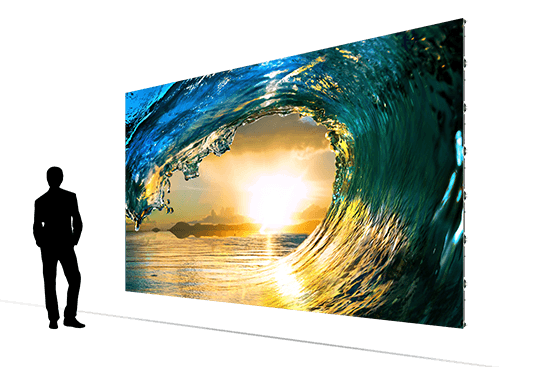Demystifying LED Panel Surface Luminance Evaluations for Ideal Display Effectiveness
Demystifying LED Panel Surface Luminance Evaluations for Ideal Display Effectiveness
Blog Article
LED wall panels are increasingly popular in various settings, including residences and commercial spaces as well as communal areas. These panels are known for the vivid and vibrant displays, which render these suitable to communicating data, ads, as well as entertainment. Nevertheless, understanding the illumination levels of LED wall screens is essential for ensuring optimal visual performance. Brightness is measured in units known as nits, which indicate the amount of luminosity is emitted from the panel. The higher number of number of nits, the brighter a visual is. For instance, example, a screen with 1,000 nits is considerably brighter compared to one featuring five hundred candelas, making it more suitable in well-lit settings.
When choosing a LED wall panel, one becomes important in consider the environment in which it will be used. In well-lit lit spaces, like retail environments and open-air locations, higher increased luminosity level is essential for guaranteeing clarity. Conversely, within dimmer settings, such as cinemas and meeting spaces, lower diminished illumination rate might be adequate. This is because is because unnecessary luminosity within an dim setting may result in viewer discomfort for the audience, making it harder to focus on the display. Therefore, understanding specific particular needs for an setup location can help in selecting a right brightness level for ideal visual experience.
A further crucial element to take into account is the contrast try here ratio of the Light Emitting Diode wall view website panel. This ratio measurement indicates how much difference between the brightest white versus the darkest black shade which a screen is able to produce. A higher differential ratio means the display can it is capable of present more detail and depth, which improves overall image quality. For instance, one screen boasting an contrast proportion of 10,000:1 is able to show visuals featuring more vivid colors and crisper features than one with a ratio at one thousand to one. Such is especially important when showing visuals and videos that require greater definition as well as detail, including slideshows and promotional content.
Moreover, the technology mechanism behind Light Emitting Diode panel panels plays a essential part for their brightness as well as total performance. Different kinds in Light Emitting Diode technologies, such as OLED as well as LCD, have distinct traits that affect the way luminosity is experienced. OLED panels often provide better contrast as well as darker blacks, which may enhance the visual experience in darker environments. Conversely, standard LED panels might prove to be more suitable in bright environments because of the ability to generate greater amounts in brightness. Understanding these tech-related variances can guide consumers in making informed choices based on their specific requirements.
Finally, regular maintenance as well as calibration of Light Emitting Diode panel screens can help preserve optimal brightness as well as efficacy over time. Dirt and dirt may build up on a screen, affecting its brightness as well as sharpness in a visual. Periodic washing and professional adjustment can ensure the the screen functions at top optimal, providing uniform image clarity. Moreover, some sophisticated Light Emitting Diode panel screens come built-in built-in options which enable operators for modify brightness settings as well as color adjustments based on their wants. Through implementing such measures, operators can guarantee the LED LED panel screens deliver an best visual efficiency, regardless of where environment where that they are used.